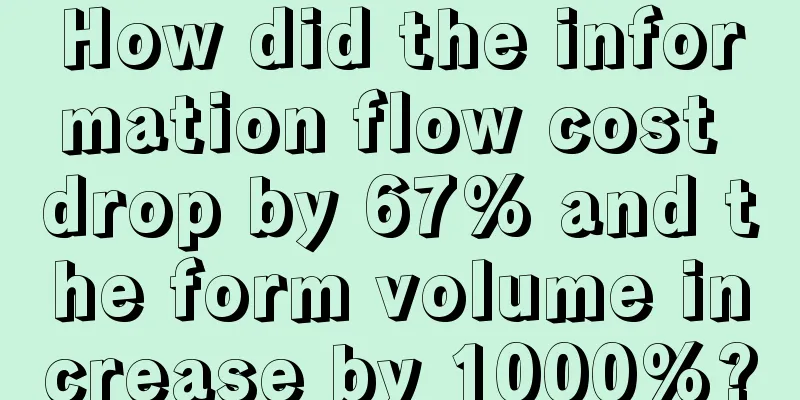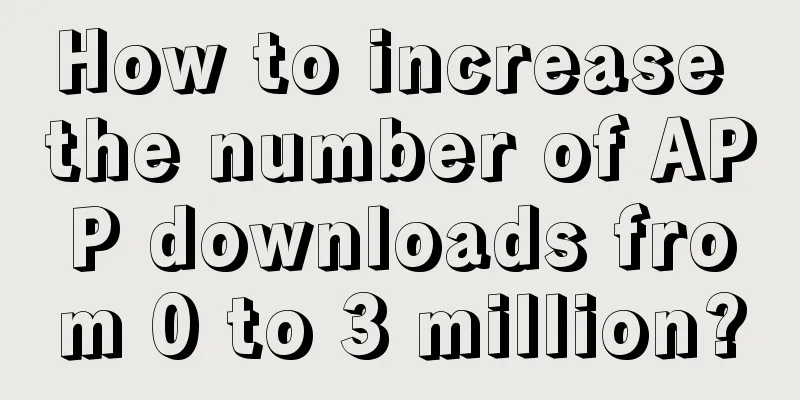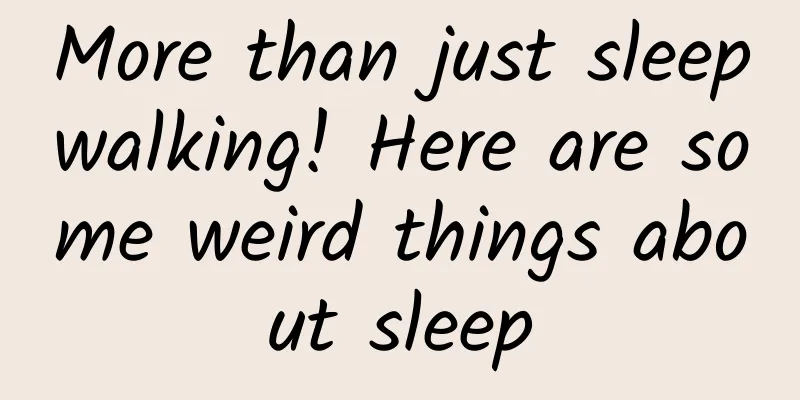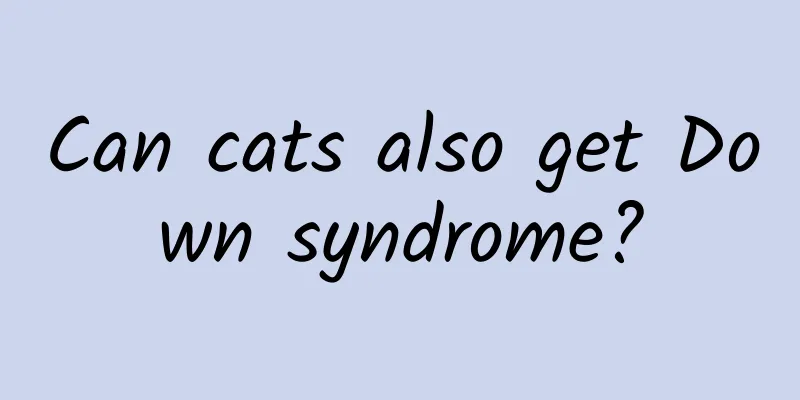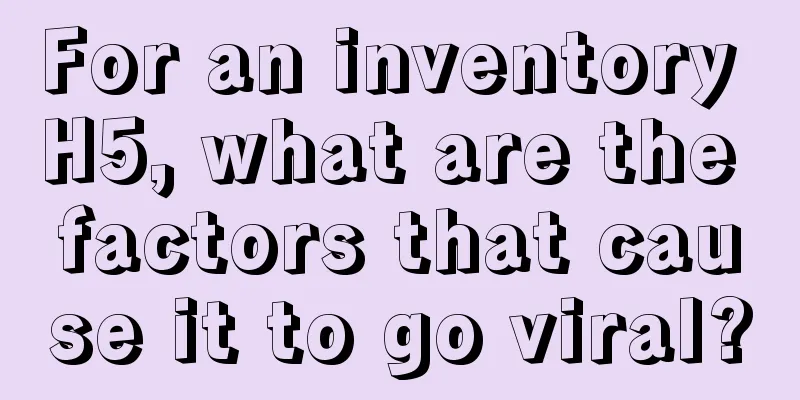Bitmap things: memory usage calculation and loading considerations
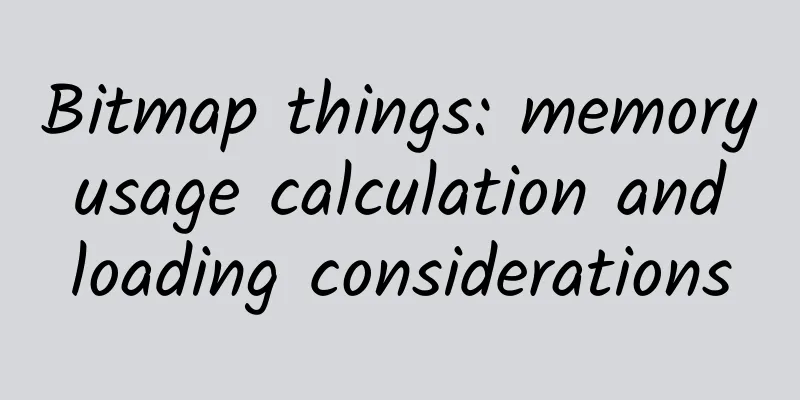
|
I was originally working on TV applications, but because the company was going to release a mobile phone and was short of staff, they assigned me to support it. Who says I am Lei Feng? One of the functions I worked on was to process the application icons in the mobile phone. The processing was nothing more than beautification, re-combination and cropping with the baseboard, which used a lot of knowledge about Bitmap. I had always wanted to write some blogs about Bitmap, and this happened to be an opportunity, so the series of blogs about Bitmap was born. In this series, I will publish some knowledge I learned about Bitmap for your reference and communication. In mobile phones, pictures generally refer to Bitmap pictures. Why do we say Bitmap? Because when developing applications, we will use some pictures to express UI, and users also like to look at pictures. It is too slow and not intuitive to get information by looking at text. If the art design is good, you can basically know what you want to express by looking at the pictures without looking at the text content. For example, all shopping websites will edit a lot of pictures of products to present to users. This shows that pictures are common and important in applications. As long as we talk about pictures, we can't leave the topic of how to avoid OOM, because OOM is easy to appear when processing many pictures, so learning picture processing is particularly important. Let us learn the relevant knowledge of pictures step by step. Memory usage calculation of Bitmap images:
What you need to pay attention to when using pictures: 1. Problems with the Android system itself. The Android system allocates a certain amount of memory space to each application. The amount depends on the manufacturer and model. The value can be obtained through the Runtime class. Runtime.getRuntime() gets the instance, and then the maxMemory() method is used to get the maximum memory that the system can allocate to the APP. totalMemory() gets the size of the memory heap space currently allocated to the APP, and freeMemory() gets the current available memory. When it is exhausted, it will automatically expand, but it will not exceed maxMemory. The figure below shows the minimum memory allocated at different resolutions and different dpis provided by the Google official website; 2. How big a photo is needed. In fact, many pictures do not need to be completely loaded into the memory when they are displayed on the phone. For example, if I took a photo with my phone camera that is 4208*3120, it will take up 52M of memory when loaded into the memory. This is terrible. Two photos will almost use up your app's memory. In general, you need to process the pictures you need to load. This processing mainly reduces the size of the picture and reduces the resolution. For example, if your control display is 100*100 in size, you need to reduce the picture to 100*100. |
>>: Apple, you hurt me deeply, and you won't let me speak
Recommend
After analyzing 670 million mobile app push notifications, we saw several interesting trends:
Push notifications are the cornerstone of every m...
Resource satellites: the "eyes" in space
Resource satellites are China's earliest tran...
Human body science: Why do girls’ breasts become soft and hard at times?
Follow "Body Code Decoding Bureau" (pub...
[Dark Horse Prince] Quantitative Learning Dragon Limit Training Class July 2021 Intermediate Training Class Audio + Handouts
[Dark Horse Prince] Quantitative Learning Dragon ...
A brief analysis of precise audience targeting in Internet advertising!
With the development of Internet advertising tech...
Ten marketing trends for 2022
At the end of 2019, there was a very popular joke...
How many fan promotion techniques do you know?
Many businesses feel confused about Weibo promoti...
How much does it cost to join the Tongliao skin care products mini program?
How much does it cost to join a skin care product...
Do you only boil vegetables to eat healthily? Too bad! This method makes vegetables 10,000 times more delicious!
"Steamed dishes" are very popular recen...
“Southern Little Potatoes” venture into Harbin, and even frozen pears are served on the plate?
It's time to eat frozen pears again After pop...
Why was Chang'an, the ancient capital of 13 dynasties, renamed Xi'an?
Many people believe that the current Xi'an is...
The secret of how Douyin influencers sold goods worth 130 million in 6 months!
Why are short videos so popular? What is the real...
How to sell products on Douyin? One article will tell you everything!
The two most popular words recently are online an...
High hourly rents scare off users. Why are shared power banks trapped in their carefully woven business models?
The ever-increasing prices of shared power banks ...
Is the Newbie Financial Management Training Camp reliable? Is Xiaobaiying's financial management course real?
Is the Newbie Financial Management Training Camp ...



